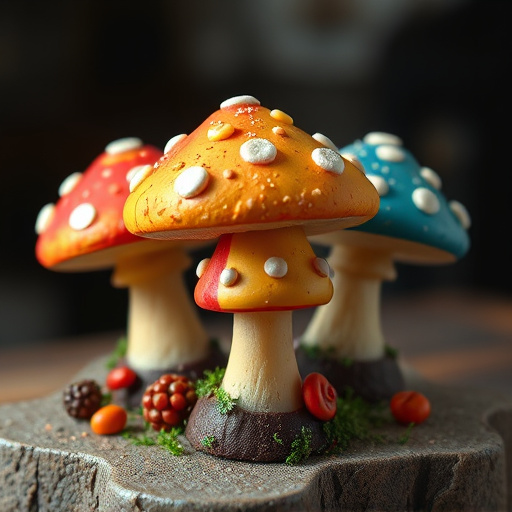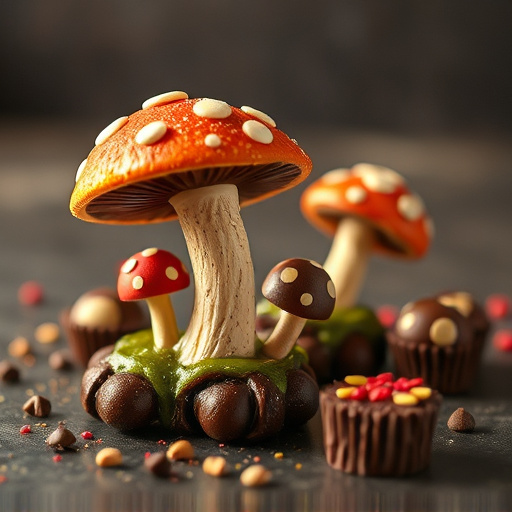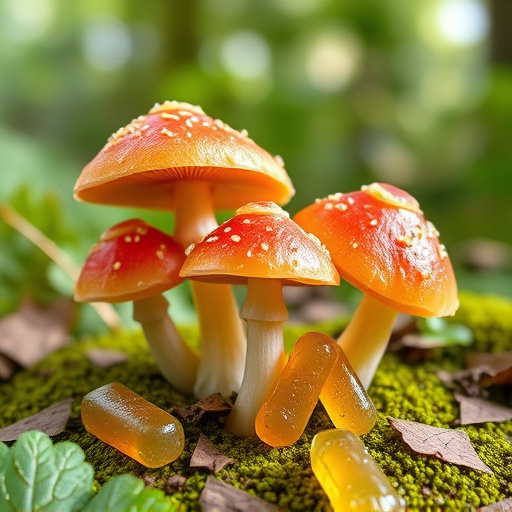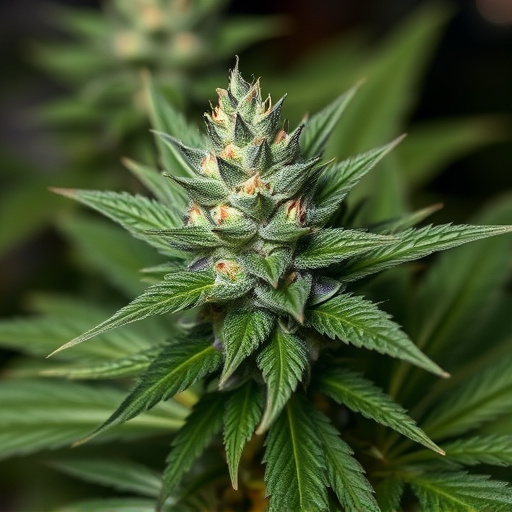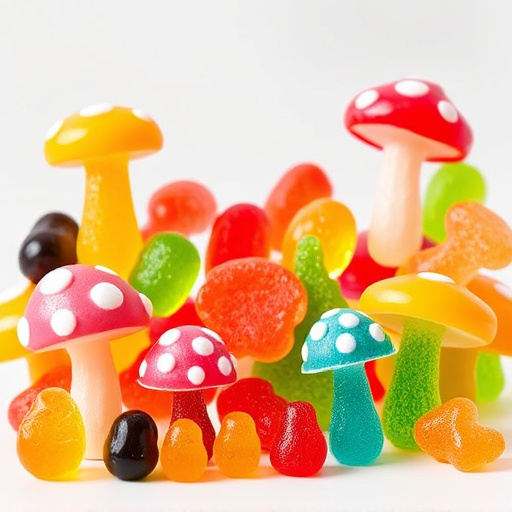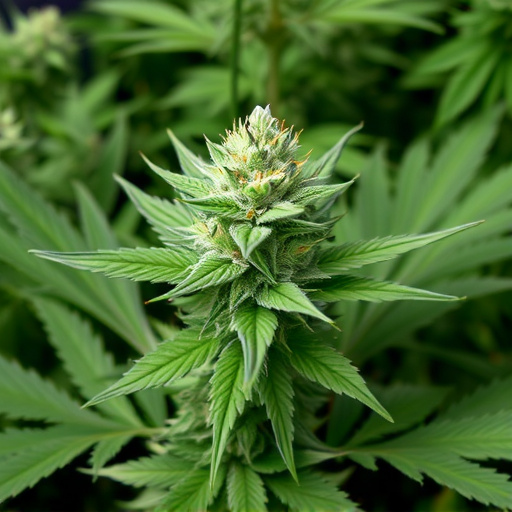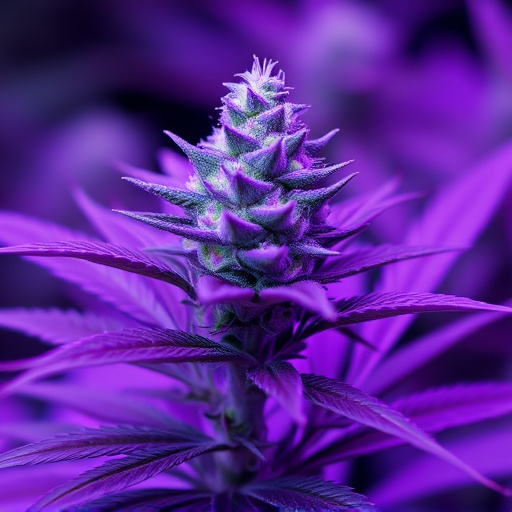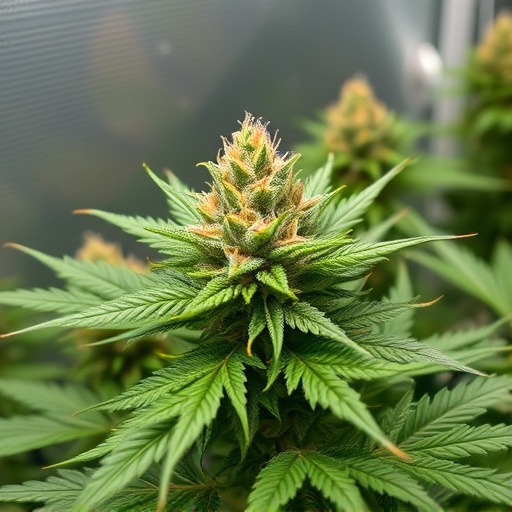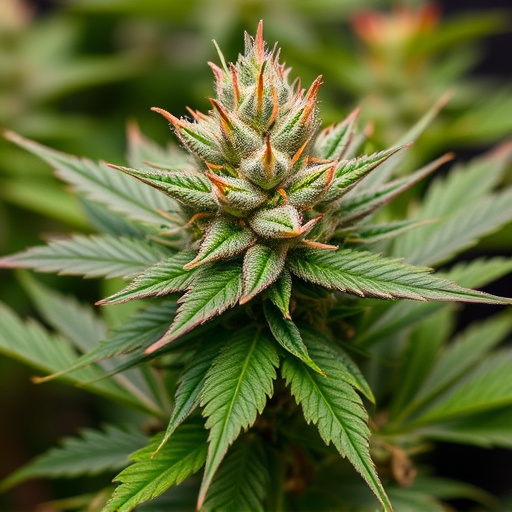The duration and intensity of a cannabis high are significantly shaped by the genetics and cannabinoid profiles of new strains, with higher THC levels typically extending the high but potentially increasing anxiety. CBD counters these effects, shortening the high. Shorter flowering times often yield more potent strains, intensifying the experience, while longer flowering results in gentler, longer-lasting highs. Environmental factors during growth also subtly modify cannabinoid compositions, offering users a range of experiences from relaxing to energetic, based on the unique balance of THC and CBD.
The duration of a weed high is a multifaceted phenomenon, influenced by a complex interplay of genetic factors, individual biochemistry, and consumption methods. Understanding what affects high duration is crucial for both casual and medical users looking to maximize their experiences with novel cannabis strains. This article delves into the science behind these influences, shedding light on how genetics, metabolism, and consumption practices shape the longevity of cannabis effects.
- Genetics and Cannabinoid Profiles
- – Discussion on how different strains' genetic makeup influences high duration
- – Impact of THC and CBD levels on the intensity and longevity of effects
Genetics and Cannabinoid Profiles
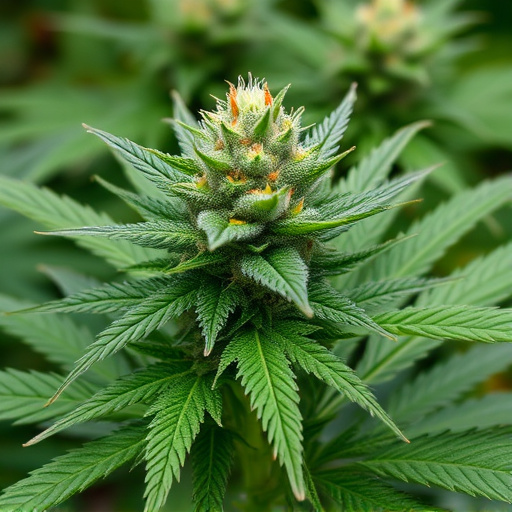
The genetics and cannabinoid profiles of a weed strain play a significant role in dictating the duration of its high. New cannabis strains, developed through selective breeding and genetic manipulation, often boast unique combinations of cannabinoids like THC (tetrahydrocannabinol) and CBD (cannabidiol). These cannabinoid ratios can dramatically affect how long the high lasts. Higher concentrations of THC tend to prolong the euphoric effects but may also increase anxiety in some users, while CBD has been shown to counteract THC’s potential adverse effects and may also shorten the duration of the high by moderating its intensity.
Additionally, different strains have varying life cycles—some flowering quickly (in as little as 6-8 weeks) while others take much longer (up to 12 weeks or more). This temporal difference can indirectly influence the high’s duration, as shorter-flowering strains may have higher levels of newer, more potent cannabinoids that can intensify and extend the effects. Conversely, longer-flowing strains might offer a gentler, longer-lasting high due to their cannabinoid profiles and terpene content, which contribute to the overall experience and can interact with cannabinoids to modify their effects.
– Discussion on how different strains' genetic makeup influences high duration
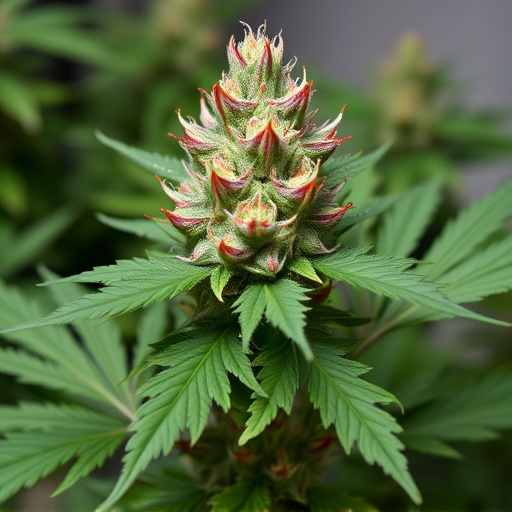
The duration of a weed high is influenced by various factors, one of which is the genetic makeup of different cannabis strains. New cannabis strains are constantly being developed, each with unique combinations of cannabinoids and terpenes that contribute to specific effects and experiences. These chemical compounds play a significant role in determining how long a user feels the effects of THC (tetrahydrocannabinol), the primary psychoactive compound responsible for the “high.” For instance, strains known for high THC content will generally produce longer-lasting highs, while those with more balanced or lower THC levels may result in shorter durations.
Additionally, certain genetic traits within a strain can impact how quickly and efficiently THC is absorbed into the body and how it’s metabolized. Some new cannabis strains have been bred to enhance the bioavailability of THC, leading to quicker onset times and potentially extended highs. Conversely, factors like plant age, cultivation methods, and even environmental conditions during growth can also subtly alter the cannabinoid profiles, affecting both the intensity and longevity of the desired effects.
– Impact of THC and CBD levels on the intensity and longevity of effects

The duration of a weed high is influenced by various factors, and one of the key players is the concentration of THC (tetrahydrocannabinol) and CBD (cannabidiol) in the cannabis strain. New cannabis strains often boast higher THC levels, which can intensify and prolong the effects. THC is responsible for most of cannabis’ psychoactive properties, including its mood-altering and cognitive effects, making it a major contributor to the ‘high’.
On the other hand, CBD, often hailed as the non-psychoactive counterpart of THC, can actually interact with it to modulate the overall experience. While CBD doesn’t provide the same euphoric high as THC, it may help reduce anxiety and paranoia that can sometimes accompany a potent high. In various cannabis strains, the balance between THC and CBD levels significantly impacts how intense and sustained the effects are, offering users a range of experiences from relaxing and mellow to more energetic and euphoric.
The duration of a weed high is a multifaceted trait influenced by the intricate interplay of genetics, cannabinoid profiles, and individual biochemistry. Understanding these factors, especially as the landscape of available new cannabis strains continues to expand, empowers consumers to make informed choices tailored to their desired experiences. By recognizing how strain genetics and cannabinoid levels impact high intensity and duration, users can navigate the market effectively, ensuring a more predictable and enjoyable journey.


